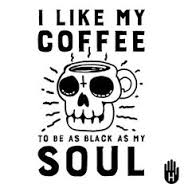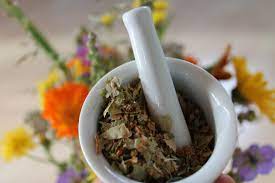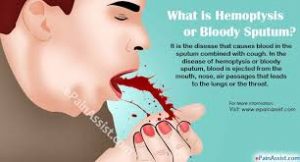MOSCHUS.
It is a remedy for hysteria and nervous paroxysms, fainting fits and convulsions.
It is useful when the subject is prone to fits of uncontrollable laughter, anxiety with palpitation, sexual hypochondriasis.
It is useful whenever the subject has a desire for black coffee, stimulants and aversion to food and when the abdomen is grossly distended.
It is useful remedy when male subjects have violent sexual desires, with involuntary emissions, impotence associated with diabetes.
This remedy is also useful in cases of premature senility.
It is a useful remedy when there is nausea and vomiting after coitus.
It is useful when the menstruation is too early with a tendency to faint.
It is also useful in female subjects, who have an intolerable sexual desire with titillation of the parts.
It is also useful in subjects, who have profuse urination associated with Diabetes.
It is a useful remedy when the respiration is difficult with oppression of the chest and hysterical spasm of the chest.
It is also a useful remedy for hysterical palpitation with trembling around the heart, with a weak pulse and fainting.
It suits persons who are better in the open air and worse with cold.
TIPS FROM THE MASTERS…
As an outlet for post-operative distension, many operators rely exclusively on tincture of MOSCHUS.
Dr. R. L. Redfield, M.D.
I always carry MOSCHUS in my pocket case, on account of its great value in 2 conditions demanding speedy relief. They are the ‘hysterical paroxysm’ and ‘nervous palpitation, I know nothing, which so rapidly dissipates a hysterical attack, even when it has gone as far as unconsciousness, as MOSCHUS. It is probably Homeopathic to this condition, as it was early noted that in hysterical subjects the odor of the drug was liable to bring on their work. It is of no less potency in palpitation, which has been set off by some nervous excitement, when there is no organic disease in the heart.
Dr. Hughes, L.R.C.P.










